Island Conservation Unveils New Branding and Website to Support Global Island Restoration
Our new branding and website support our vision of a world filled with vibrant biodiversity, resilient oceans, and thriving island communities!
Restoring islands for nature and people worldwide.
Published on
July 11, 2017
Written by
richard
Photo credit
richard
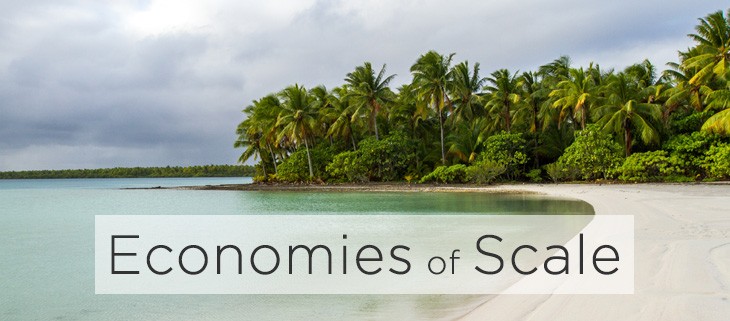
An international conference focused on the impacts and management of invasive alien species on islands is taking place at University of Dundee, Scotland July 10-14. In anticipation of this event, we’re sharing research that will be presented by experts in the field. For more information or to register, visit the conference website.
Removal of invasive species from islands has proven to offer one of the highest returns on investment for biodiversity conservation. To recover populations of the Critically Endangered Polynesian Ground-dove (Gallicolumba erythroptera), the Endangered White-throated Storm-petrel (Nesofregetta fuliginosa), the Endangered Tuamotu Sandpiper (Prosobonia cancellata) and the Endangered Phoenix Petrel (Pterodroma alba) an ambitious project was undertaken to eradicate five species of invasive alien vertebrates and one invasive plant species on six islands in the Tuamotu and Gambier Archipelagos of French Polynesia.

The project was planned and executed by a partnership consisting of international and local conservation NGOs, working together with local communities. Combining the various eradication operations into one expedition added complexity to project planning and implementation. Though this complexity increased the risk of the operation failing on any one island, it ultimately generated greater return on investment by allowing six islands to be targeted at significantly less cost than if each island had been completed individually. The project’s success can be attributed to an experienced project team, good communications, and clear operational priorities.
This project has received support from many international and national organisations with significant funding from the European Union, the British Birdwatching Fair, the David and Lucile Packard Foundation, The Mohamed bin Zayed Species Conservation Fund, and National Geographic Society; sponsorships from Bell Laboratories and T-Gear Trust Canada; and assistance from the Government of French Polynesia and many individual people around the world.
Featured photo: Acteon and Gambier archipelagos, French Polynesia. Credit: Marie- Helen Burle/Island Conservation
Check out other journal entries we think you might be interested in.

Our new branding and website support our vision of a world filled with vibrant biodiversity, resilient oceans, and thriving island communities!
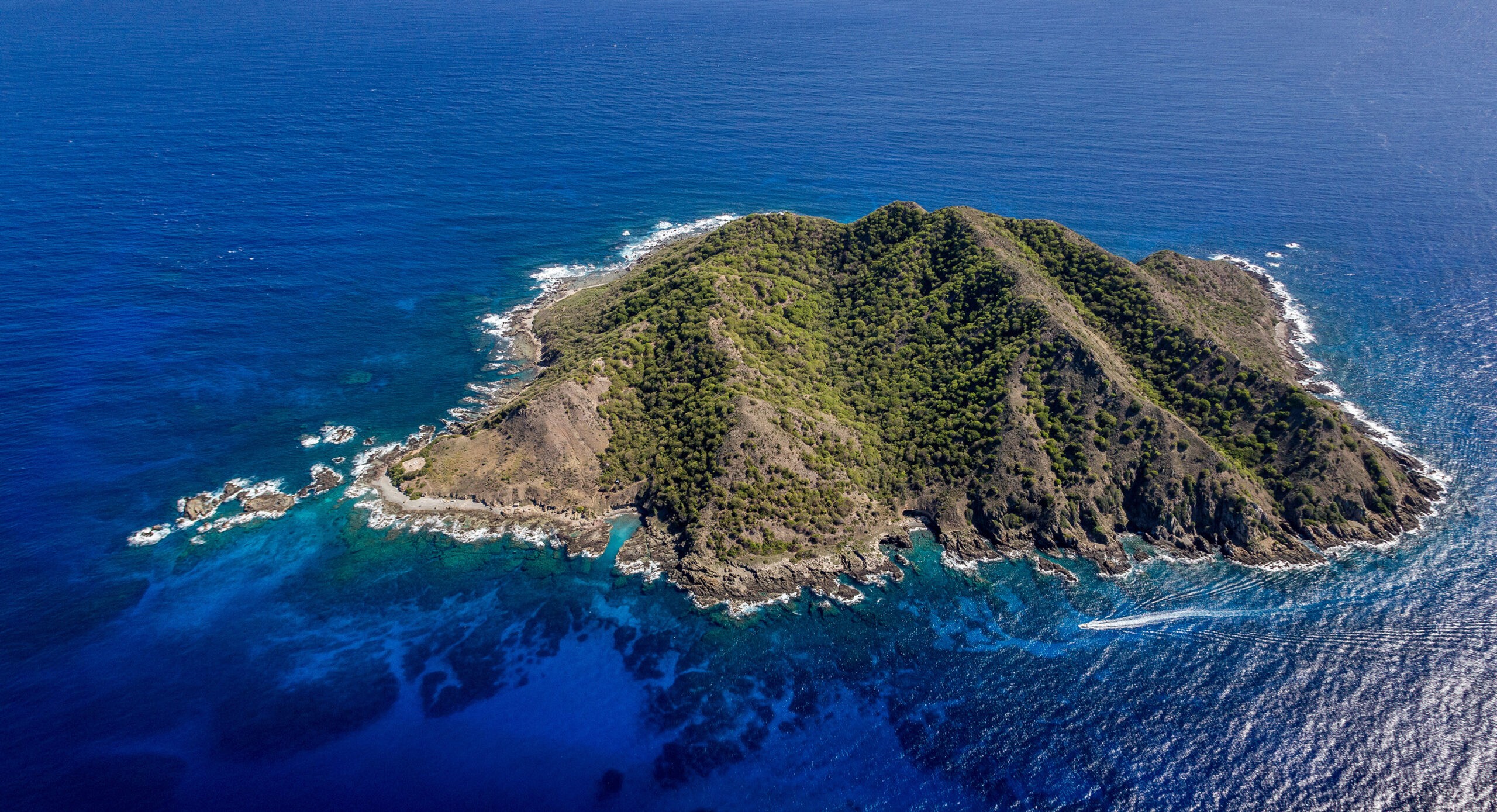
Audubon's Shearwaters are nesting on Desecheo Island for the first time ever! Read about how we used social attraction to bring them home.
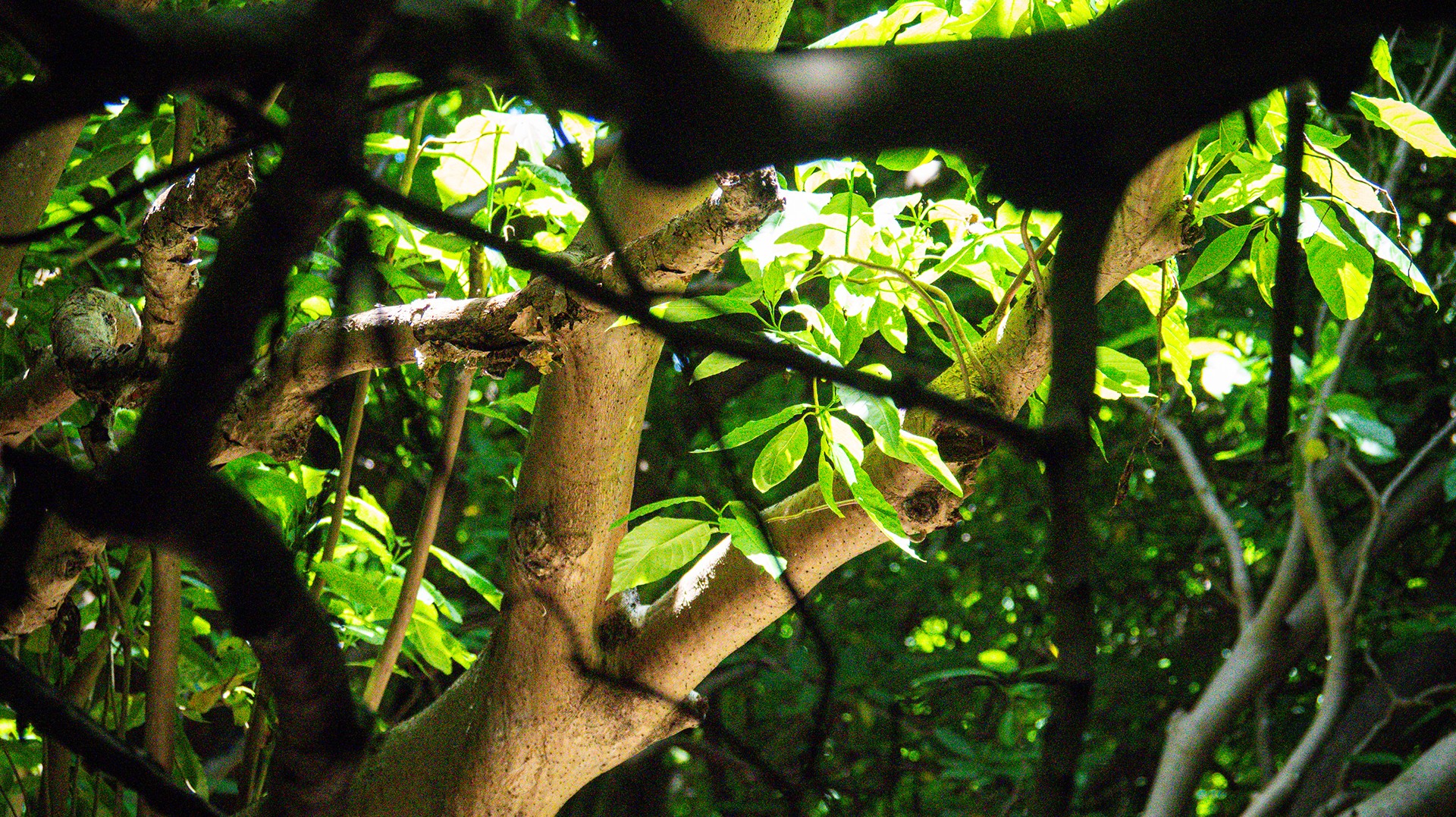
Island Conservation and partners have published a new paper quantifying ecosystem resilience on restored islands!
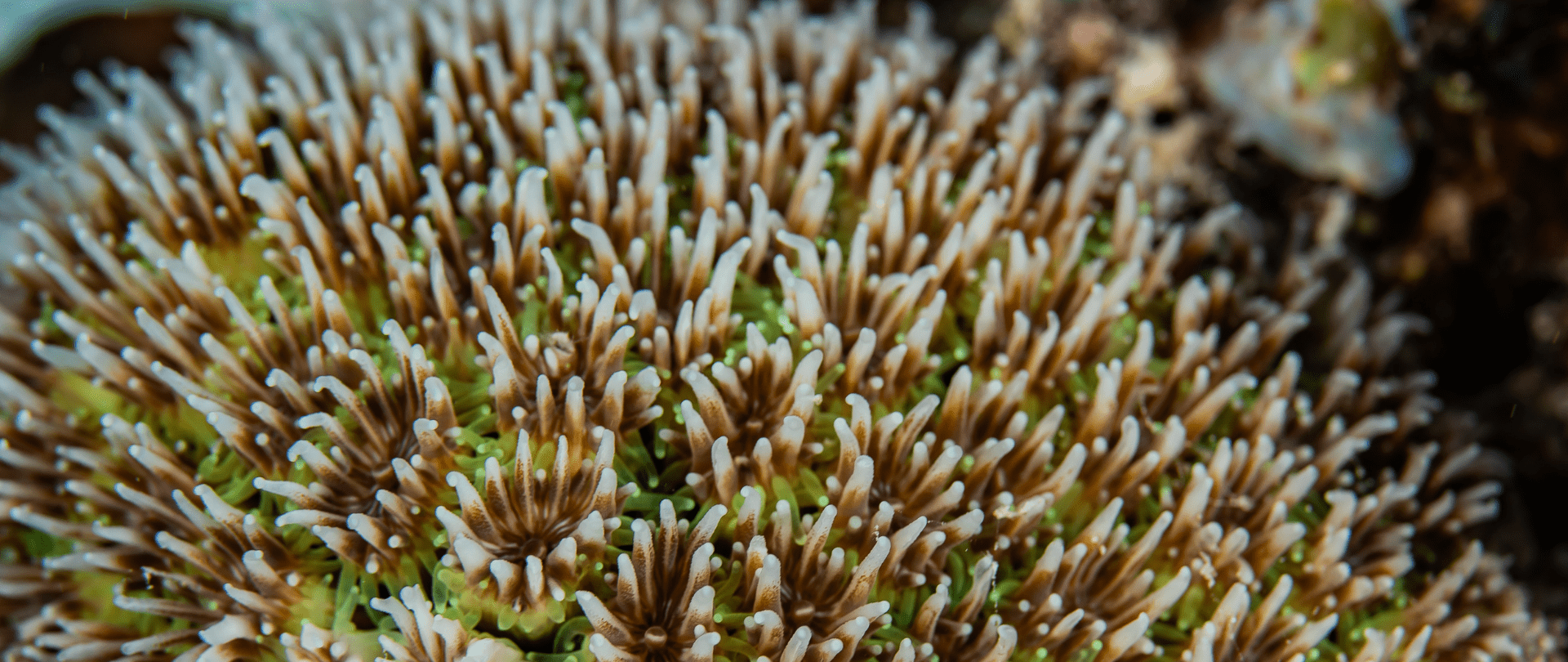
Climate Week NYC: what is it and why is it important? Read on to find out why Island Conservation is attending this amazing event!
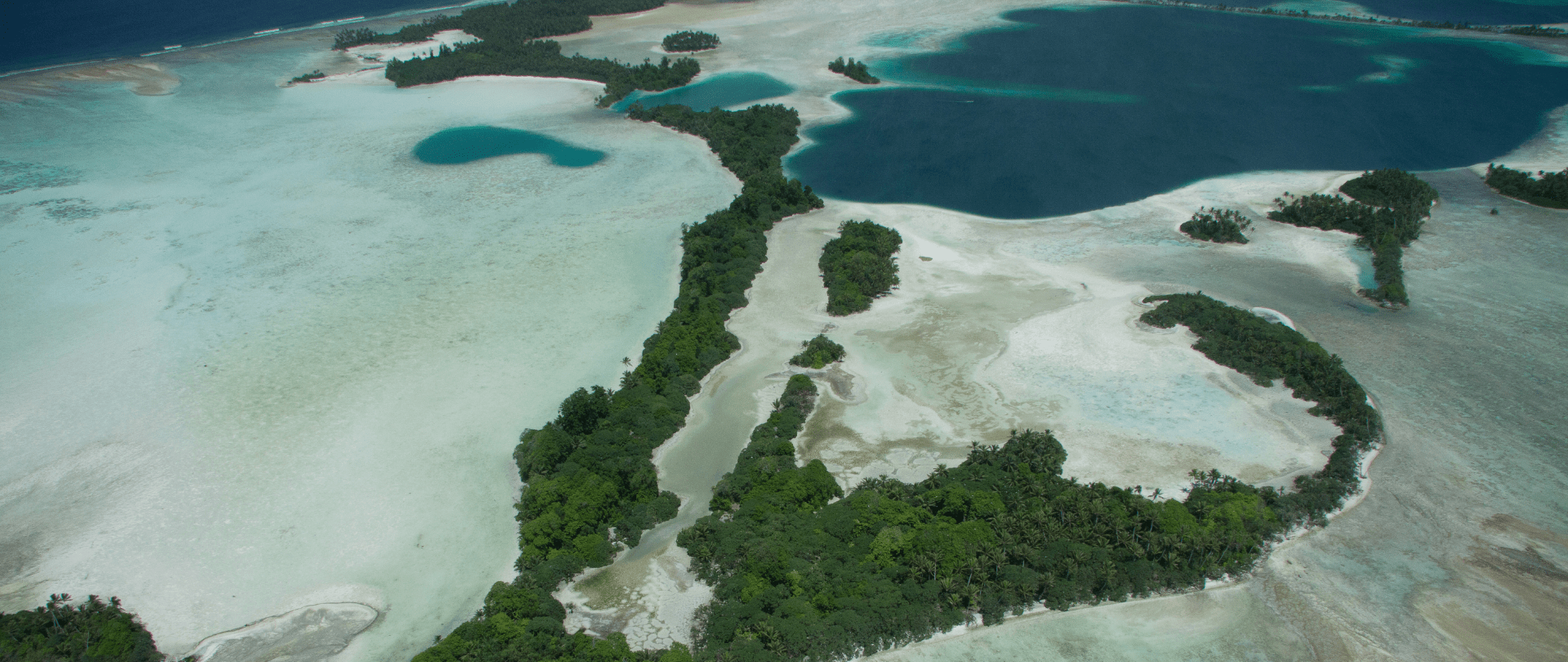
With sea levels on the rise, how are the coastlines of islands transforming? Read on to find out how dynamic islands really are!
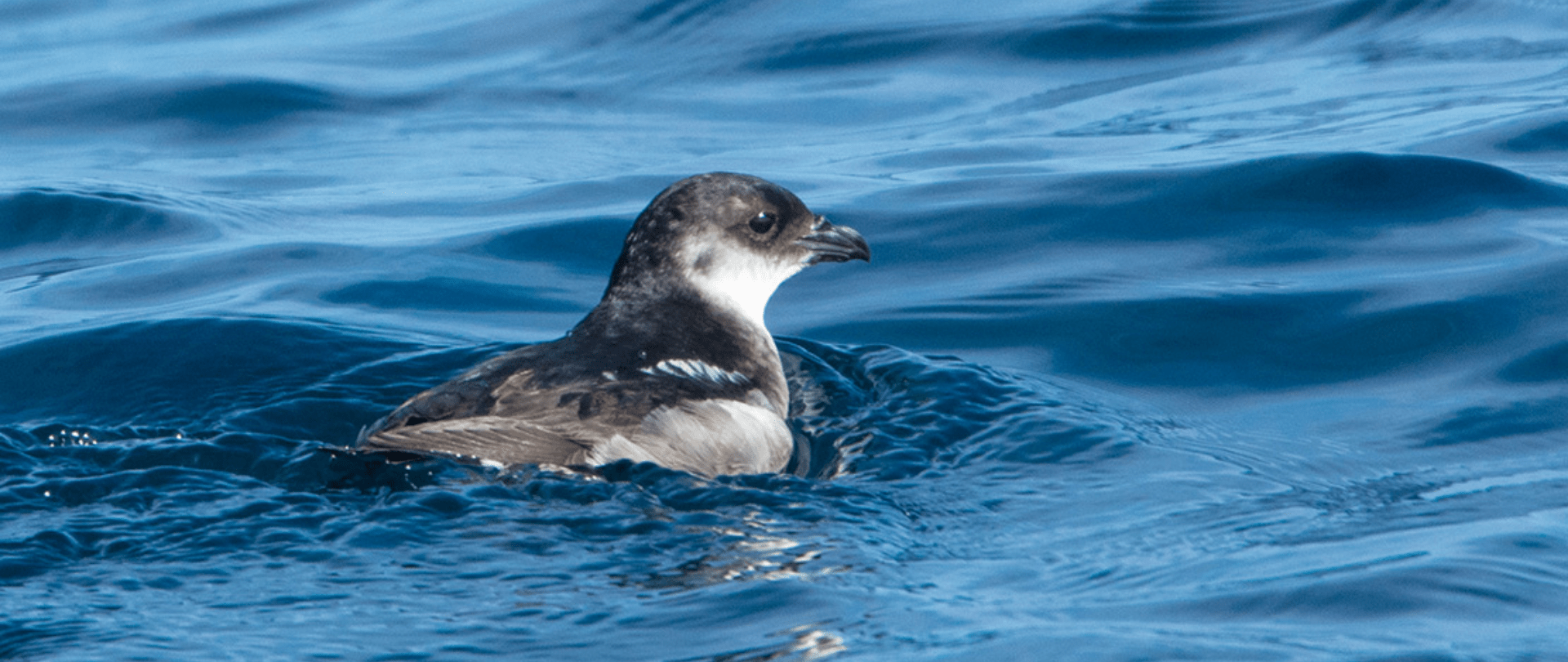
After decades of absence, rare Peruvian Diving-Petrels have returned to nest on Pajaros Uno island, recently free from invasive predators!

Loosiep Island in Ulithi Atoll, Yap State, is now confirmed to be free from damaging invasive species!
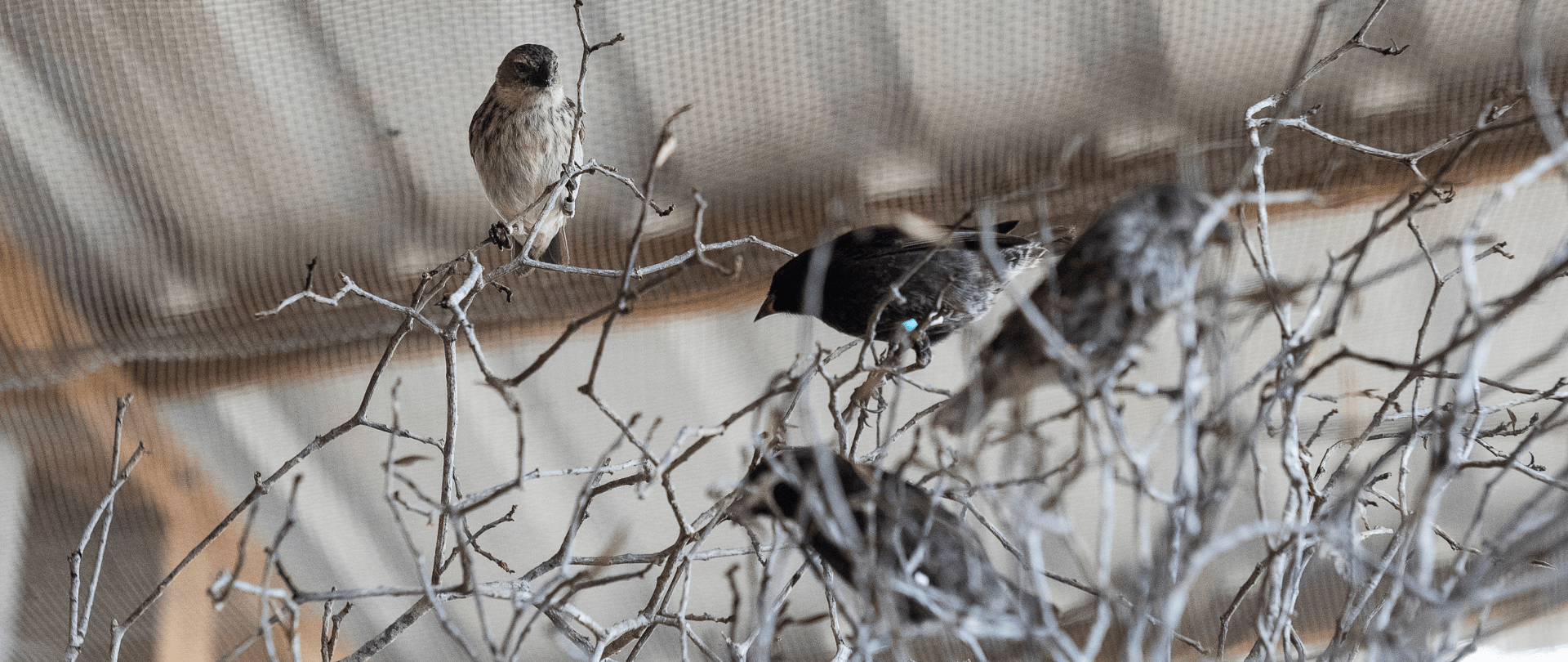
Five native finch species were released on Floreana Island, forecasting success for the largest conservation project in the Galapagos!

Join us in celebrating the most amazing sights from around the world by checking out these fantastic conservation photos!
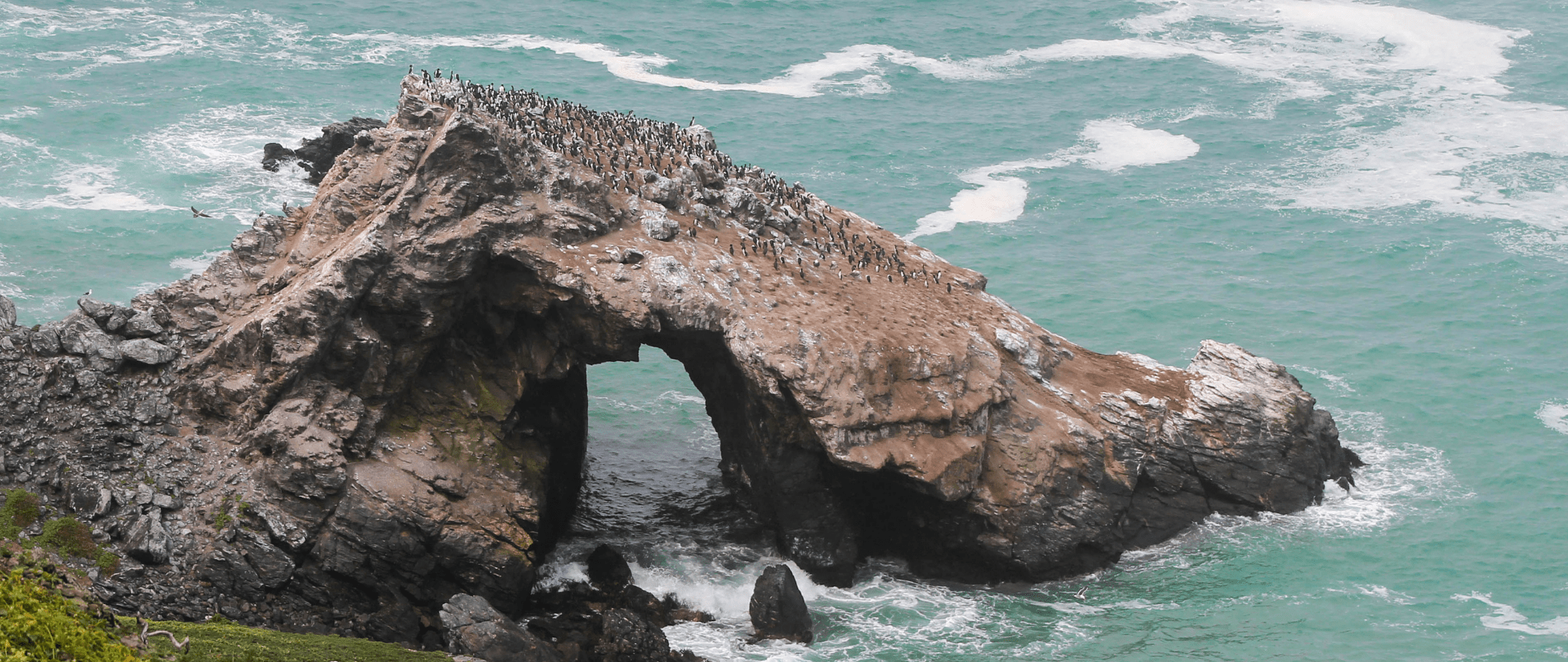
Rare will support the effort to restore island-ocean ecosystems by engaging the Coastal 500 network of local leaders in safeguarding biodiversity (Arlington, VA, USA) Today, international conservation organization Rare announced it has joined the Island-Ocean Connection Challenge (IOCC), a global effort to…